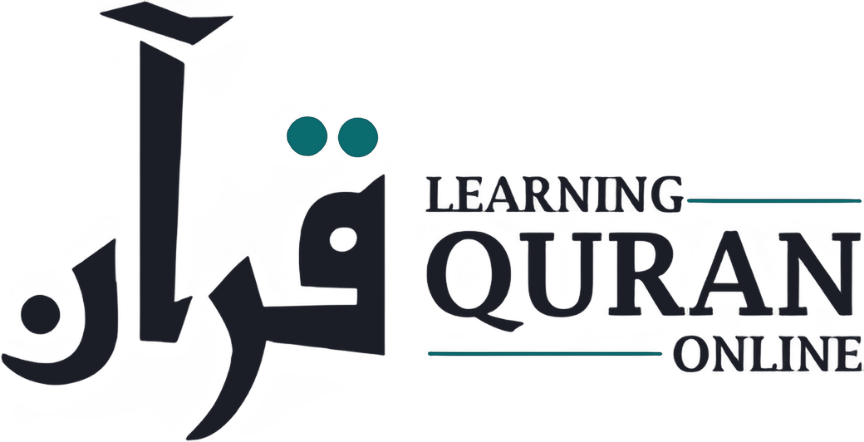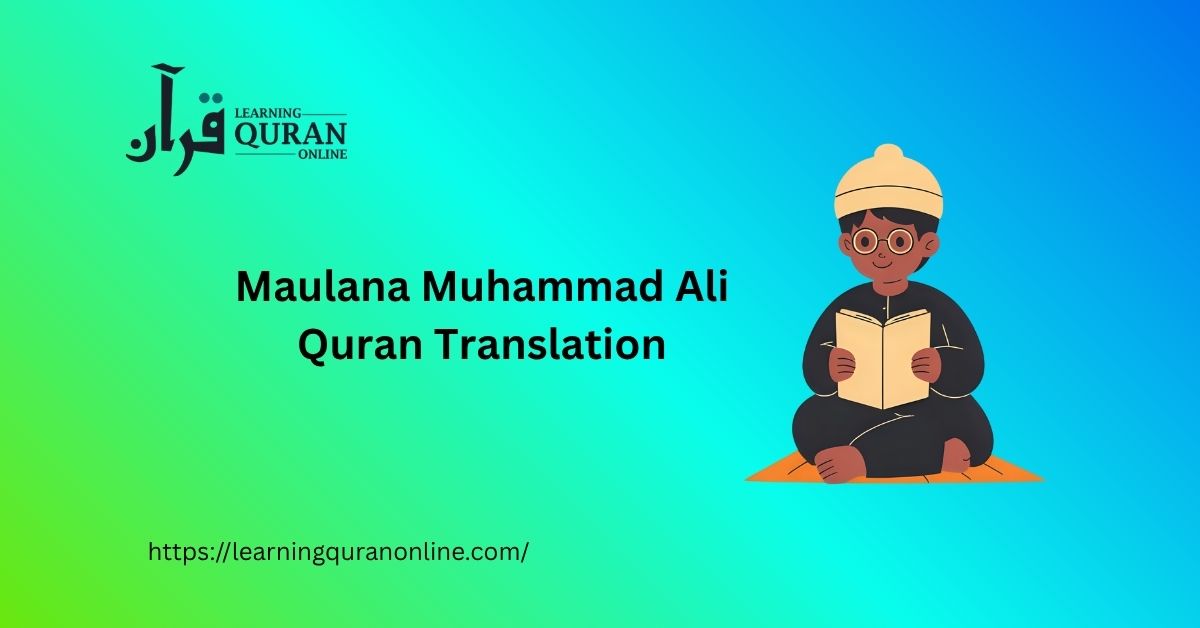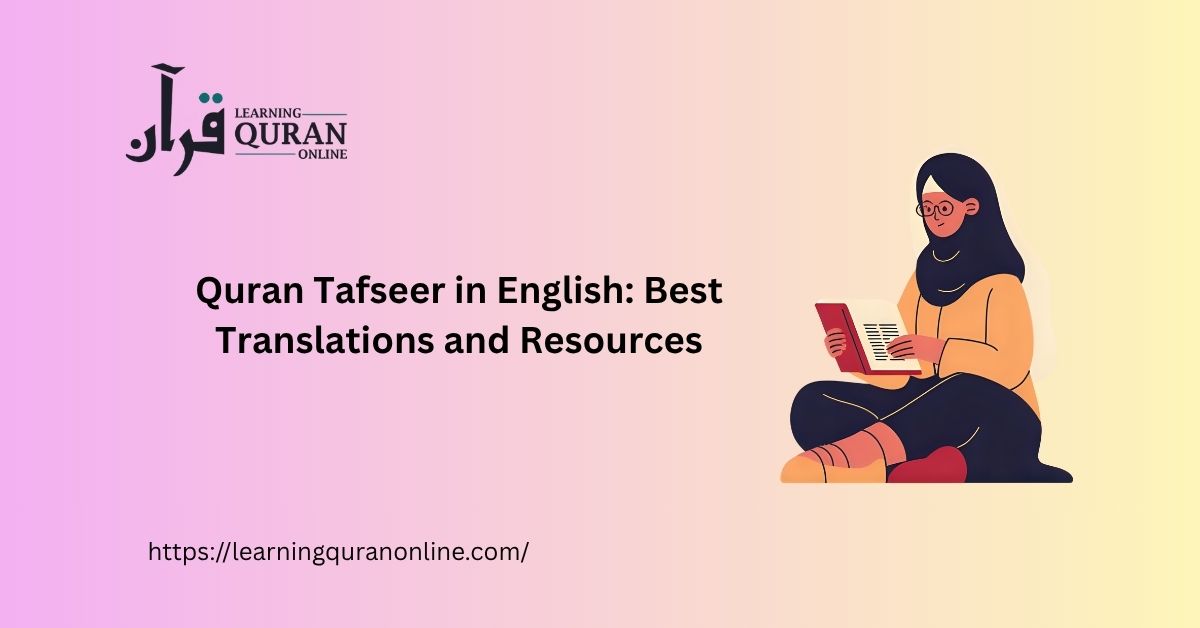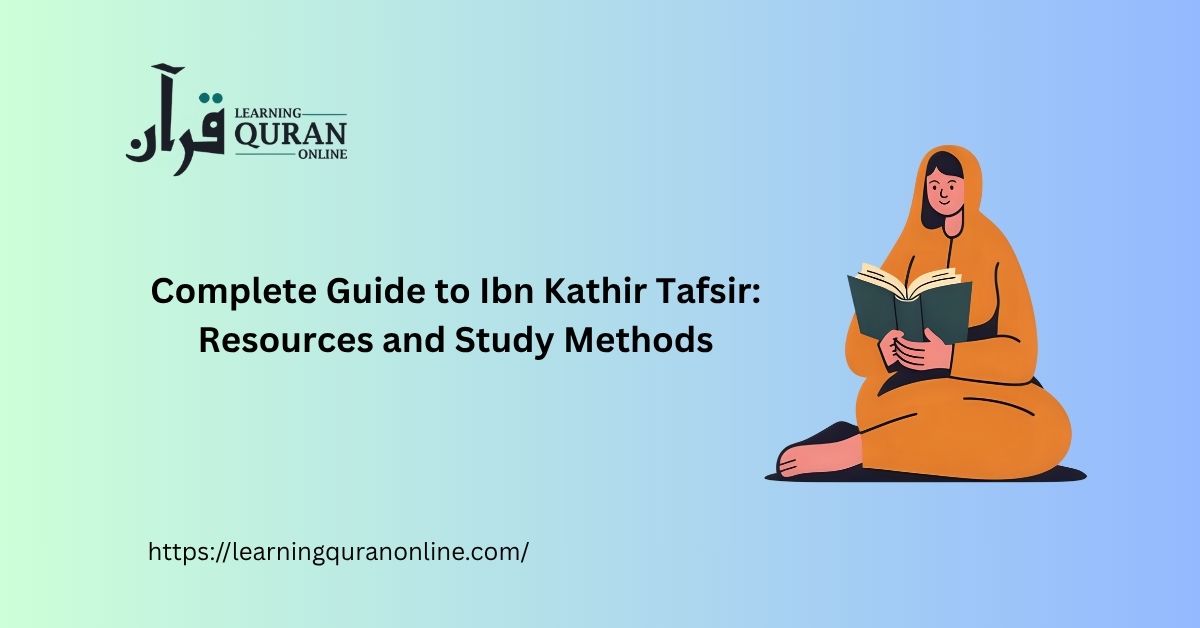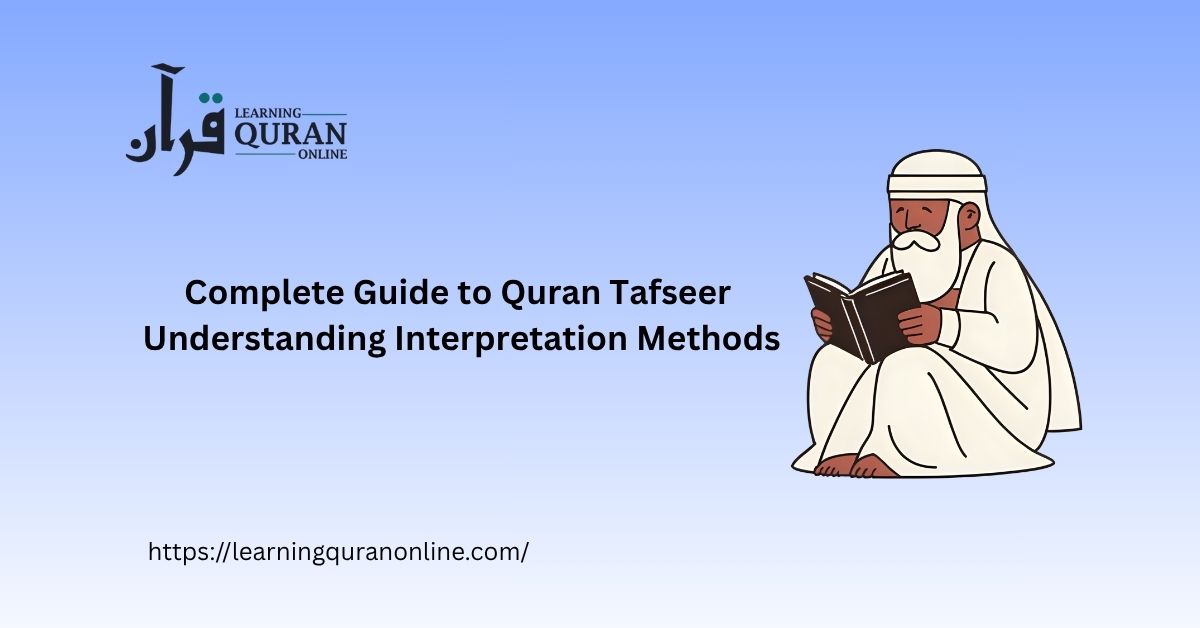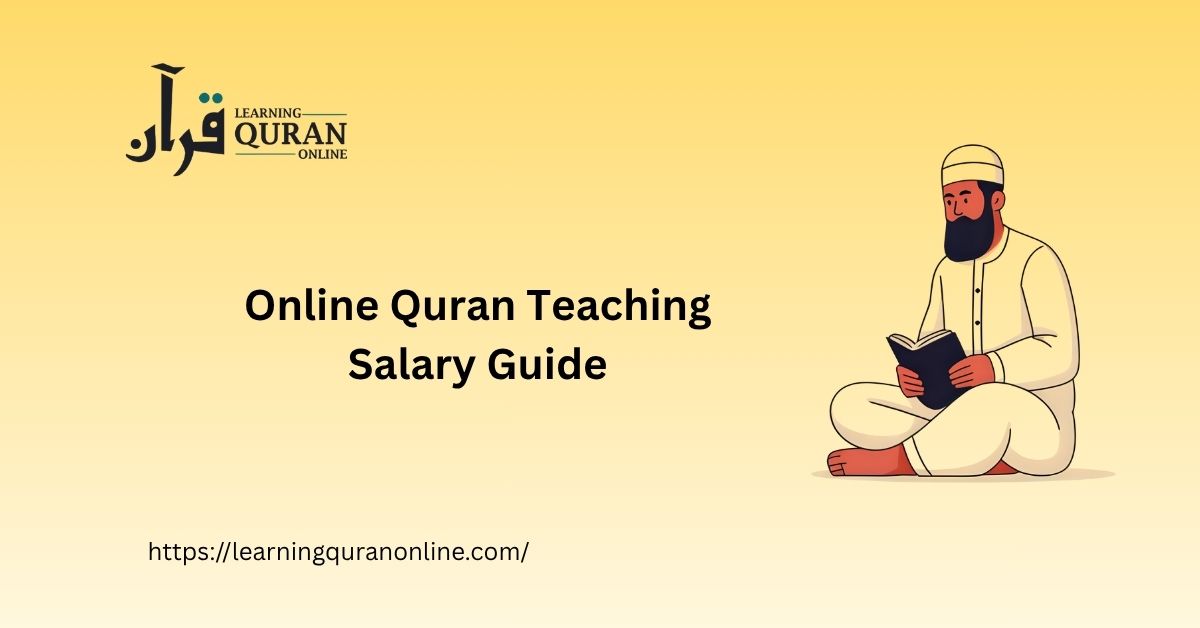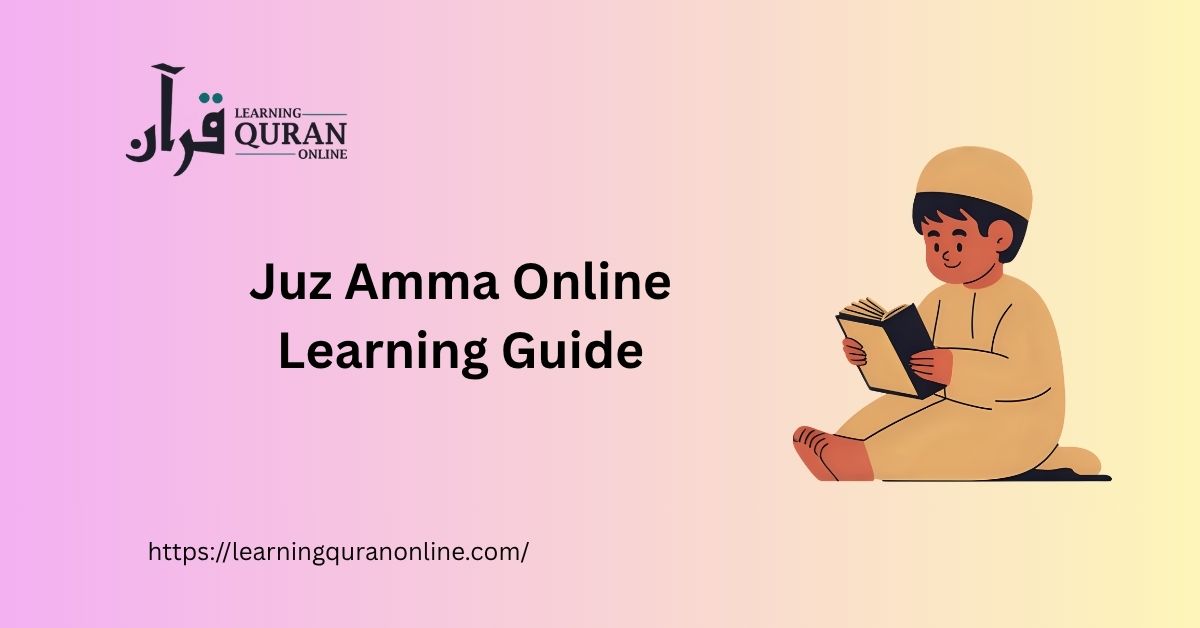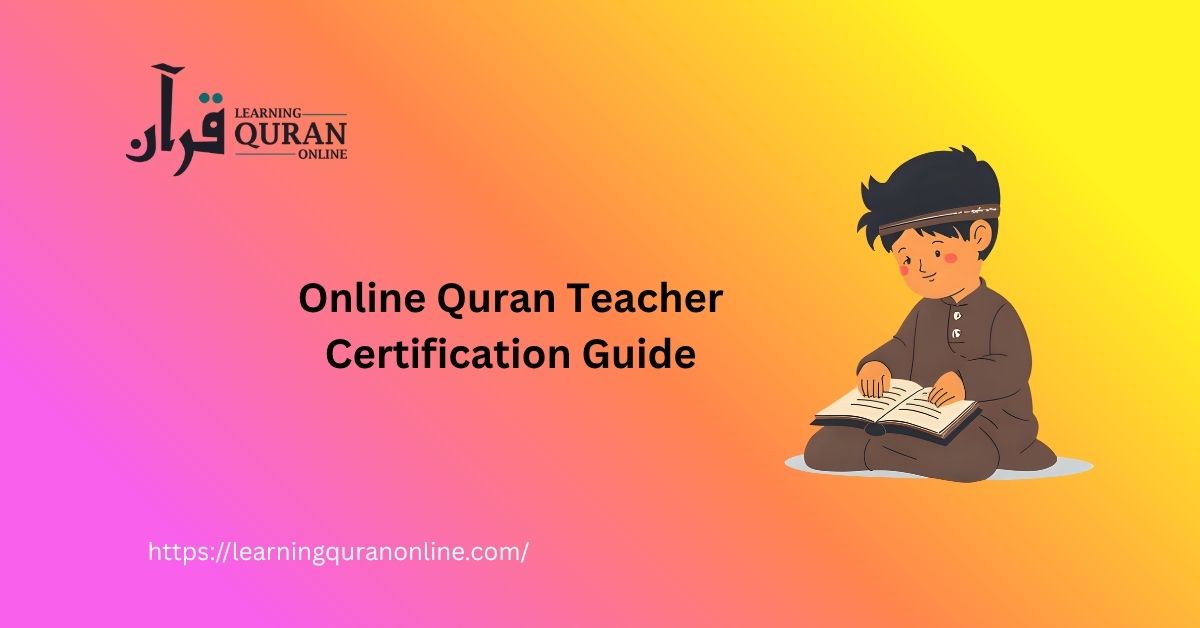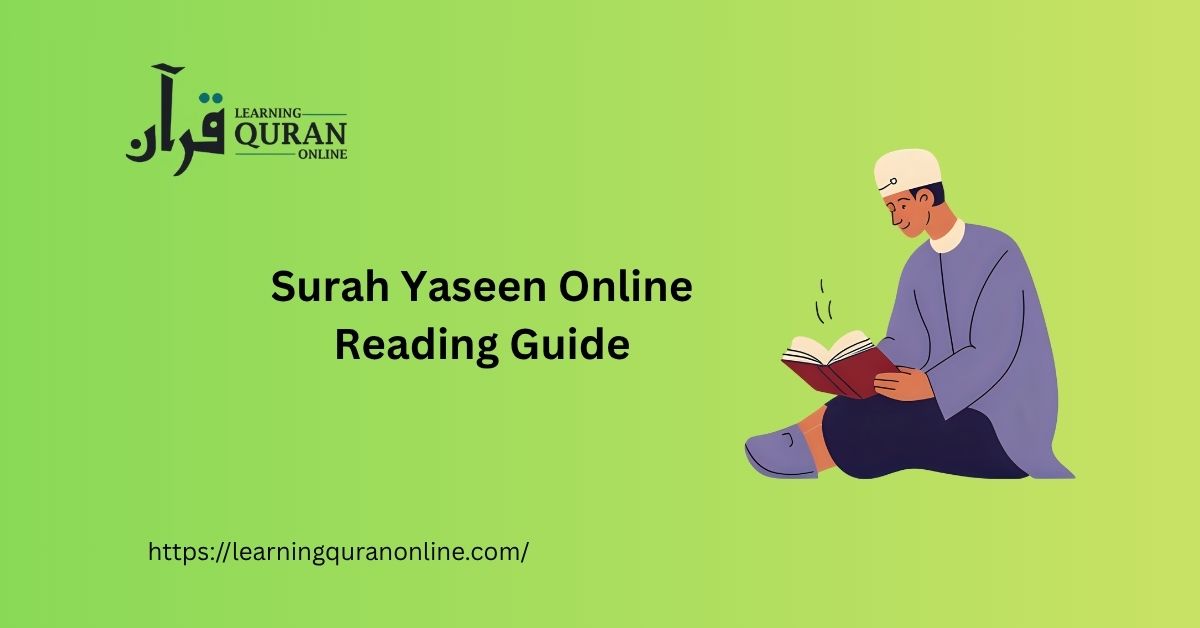Table of Contents
ToggleWho Was Maulana Muhammad Ali? Context and Background
Maulana Muhammad Ali (1874–1951) was a prominent scholar associated with the Ahmadiyya Movement in Islam. He produced an English translation of the Quran accompanied by extensive explanatory notes and commentary, first published in the early 20th century. His work aimed to render the meanings of the Quran in clear English while correcting what he perceived as common misinterpretations and providing historical context. Understanding the translator’s background is essential because translation inevitably reflects interpretive choices, theological perspective, and methodological priorities.
Overview: What the Translation Includes
Maulana Muhammad Ali’s edition is not a simple literal rendering of the Arabic text. It consists of:
- An English translation of the Quranic verses.
- Lengthy explanatory notes and commentary (tafsir-style) following many passages.
- Cross-references to other verses and themes within the Quran.
- Historical and philological comments that seek to clarify context and meaning.
These features make the work a hybrid: part translation, part commentary, and part thematic study—valuable to readers who want more than a verbatim English rendering.
Translation Methodology and Source Base
Maulana Muhammad Ali employed a method blending literal translation with interpretive exposition. He often made choices influenced by classical Arabic lexicons, hadith literature, and his own theological framework. The translation shows a preference for explanatory clarity, and the commentary frequently references historical circumstances (asbab al-nuzul), linguistic analysis, and comparisons with previous translations.
Muhammad Asad Quran Translation: Complete Review
Readability and Literary Style
The translation’s language tends to be formal and, at times, archaic—reflective of early 20th-century English usage. Readers will encounter a tone that aims to be precise and scholarly rather than poetic. Those familiar with contemporary translations (like Sahih International or Modern English versions) may find Maulana Muhammad Ali’s phrasing slightly dated, but many appreciate the clarity and systematic approach to explaining terms and phrases.
Key Strengths of Maulana Muhammad Ali’s Translation
The translation is notable for several advantages that make it useful for study and teaching:
- Comprehensive commentary: The explanatory notes are extensive and often clarify historical background and linguistic nuances.
- Scholarly apparatus: Cross-references, philological remarks, and citations provide a rich resource for comparative study.
- Clear didactic aim: The translator sought to address misconceptions and present an interpretation that is logically consistent and accessible to English readers.
- Accessibility: The work is widely available in print and online, making it easy for students and teachers to consult.
- Thematic coherence: The commentary often highlights thematic connections across the Quran, aiding readers in topical study.
Criticisms and Limitations
No translation is without its critics. Maulana Muhammad Ali’s translation faces several common critiques:
- Theological bias: Because the translator was an Ahmadi scholar, some interpretive choices reflect Ahmadiyya doctrinal perspectives. This can be a limitation for readers seeking strictly neutral or widely orthodox Sunni/Shia interpretations.
- Interpretive insertions: In places, the commentary contains interpretive explanations that go beyond a literal translation, which may not align with other classical tafsir traditions.
- Dated language: Early 20th-century English style can feel formal or antiquated to modern readers.
- Controversial readings: Certain verses are rendered or explained in ways that have been debated by scholars from different schools of thought.
How It Compares to Other Popular English Translations
Comparing Maulana Muhammad Ali’s work with other translations can help clarify its niche:
- Yusuf Ali: Yusuf Ali’s translation is poetic and annotated with commentary that emphasizes literary beauty and moral lessons. In contrast, Muhammad Ali prioritizes clarity and systematic explanation.
- Pickthall: Pickthall is more literal and maintains a solemn English register. Muhammad Ali offers more explanatory notes and theological commentary than Pickthall.
- Sahih International / Modern translations: These tend to use contemporary language for accessibility. Muhammad Ali’s is more scholarly and historically oriented, which may appeal to readers seeking depth over modern readability.
Sahih International Quran Translation Guide
Audience: Who Should Use This Translation?
Maulana Muhammad Ali’s translation is particularly well-suited for:
- Students of comparative Quranic translation and exegesis who want to study an early 20th-century English commentary.
- Readers interested in historical-linguistic notes and thematic cross-references.
- Those studying the Ahmadiyya interpretive tradition or researching different doctrinal readings of the Quran.
It may be less ideal as a primary devotional text for readers who prefer simple, modern English or for those seeking translations closely aligned with Sunni or Shia tafsir canons.
Practical Tips for Studying with Maulana Muhammad Ali’s Translation
To maximize benefit from this translation and commentary, consider the following study approach:
- Read the Arabic alongside the English to retain connection with the original text.
- Use Muhammad Ali’s commentary as one of several tafsir resources—compare with classical commentaries (e.g., Ibn Kathir, Tafsir al-Jalalayn) and modern scholars.
- Pay attention to footnotes and philological remarks to deepen your understanding of key terms.
- Discuss interpretive points with a qualified teacher or in study groups; this helps contextualize contentious readings.
Editions, Availability, and Online Resources
Several editions of Maulana Muhammad Ali’s translation exist—some updated with modern typesetting and indexing. Many digital copies and searchable versions are available online. Publishers and academic libraries often carry print editions. When using online resources or study platforms, verify the edition and check for editorial notes or updates that may affect translation choices.
Balancing Strengths and Limitations: Final Assessment
Maulana Muhammad Ali’s English translation of the Quran is a substantial scholarly work with enduring value. Its strengths are most evident in comprehensive commentary, systematic cross-references, and commitment to clarity. It remains a valuable resource for students, researchers, and readers exploring different interpretive traditions.
However, potential readers should be aware of the theological lens through which some interpretations are offered and the occasionally dated English style. For a well-rounded Quranic study experience, pair Maulana Muhammad Ali’s translation with other translations and classical tafsir, and consult living teachers for nuanced theological issues.
Conclusion: Is Maulana Muhammad Ali’s Quran Translation Right for You?
If your goal is scholarly study, historical-linguistic insight, or comparative tafsir work, Maulana Muhammad Ali’s translation is a strong candidate. If you seek a neutral, modern-phrased devotional reading, you may prefer other contemporary translations. Regardless, the translation deserves a place on the shelf of serious students of the Quran as a window into early 20th-century English exegesis.
For learners interested in structured Quran study using multiple translations and teacher-guided lessons, resources like Learning Quran Online can help integrate translations, tafsir, and Arabic learning into a cohesive study plan.
Quick Reference: Pros and Cons at a Glance
- Pros: Extensive commentary, scholarly notes, thematic coherence, widely available.
- Cons: Theological perspective (Ahmadiyya), dated language, occasional controversial interpretations.
Whether you use Maulana Muhammad Ali’s translation as a primary study tool or as a comparative resource, approaching it critically and in dialogue with other scholarly works will yield the best results. Happy studying.
